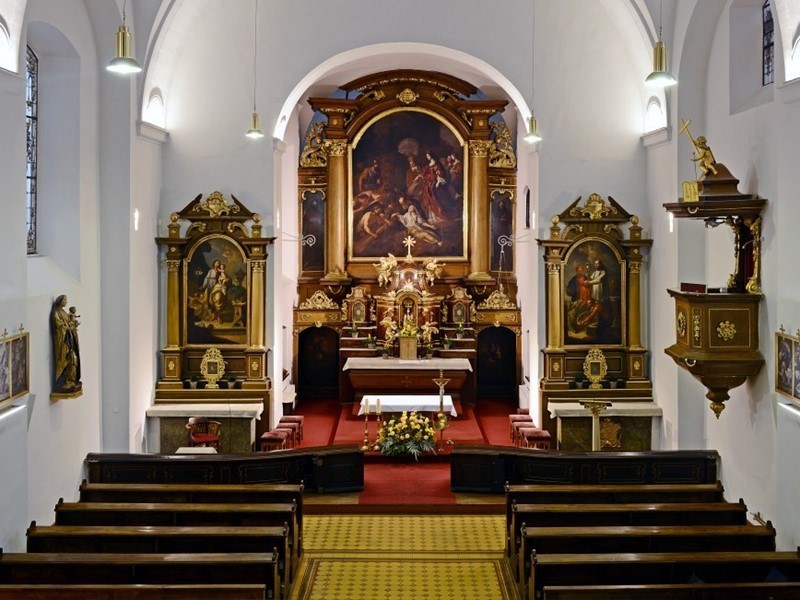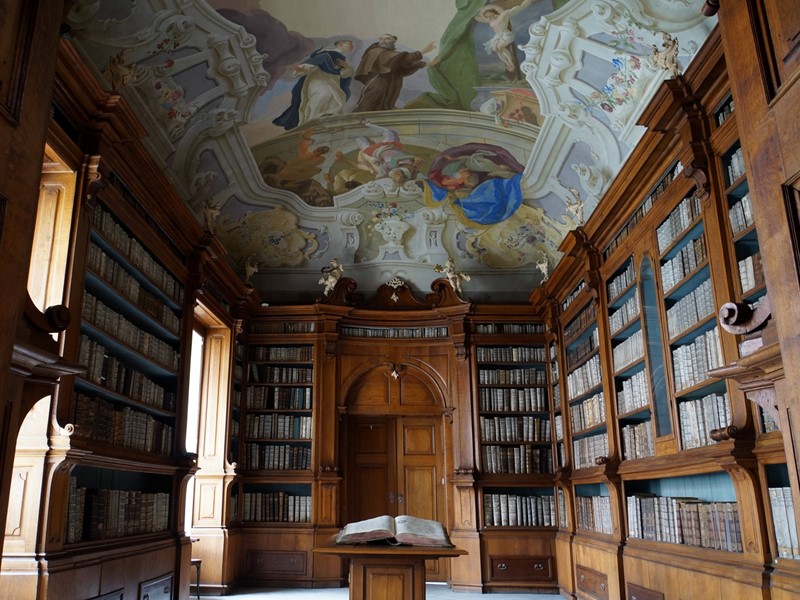Capuchins Settle in Brno
The Capuchins came to Brno at the invitation of the Olomouc bishop and cardinal František of Dietrichstein. The monastery, whose cornerstone was laid in 1604, was located on the eastern outskirts. This became fatal for it in 1645 when Brno was besieged by the Swedes. The military commander of the city, Raduit de Souches, ordered all the houses outside the walls to be leveled to prevent the Swedish forces from finding support there.
For their second monastery, the Capuchins chose a location inside the walls, at the Coal Market (today's Capuchin Square). Since the construction was accompanied by significant technical and financial difficulties, the work stretched out for a full eight years. Only on May 7, 1656, could the construction effort be definitively completed with the ceremonial consecration of the church.
The monastery with the church bears the characteristics of a simple Flemish-Belgian architectural style, typical for the Capuchin order at that time. During the 18th century, the entire complex underwent significant construction changes, transforming it into its present form. The monks lived here continuously until April 1950 when the communist regime expelled them and confiscated their property. They were only able to return after forty years.



